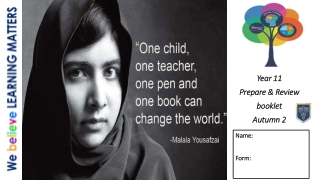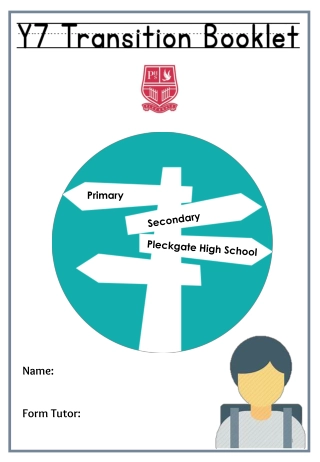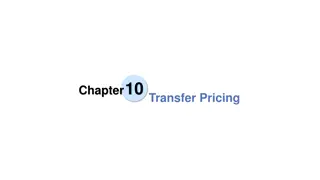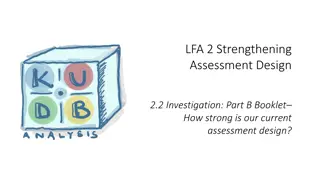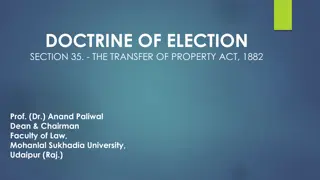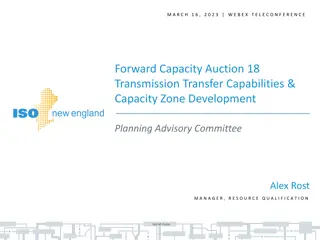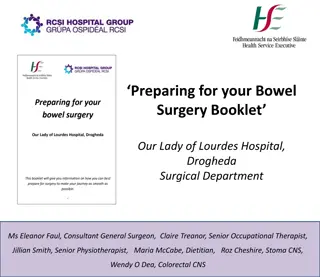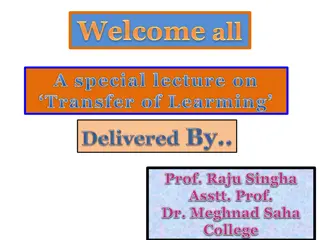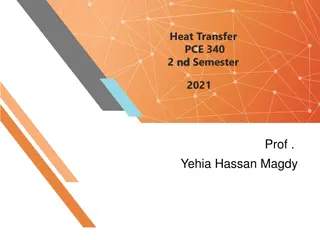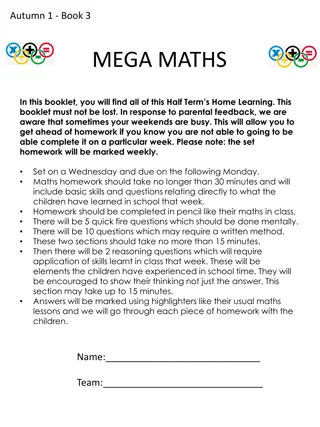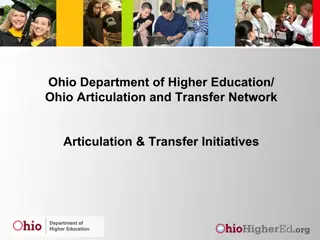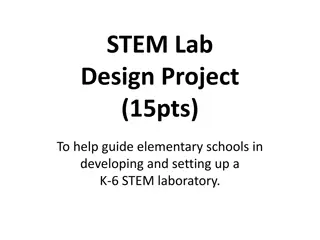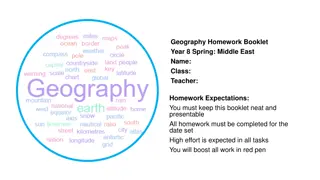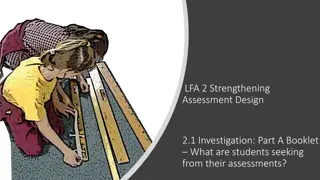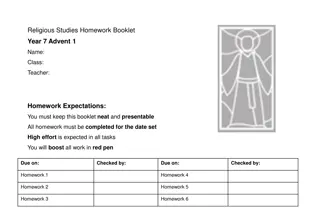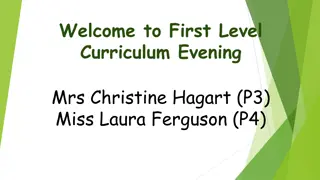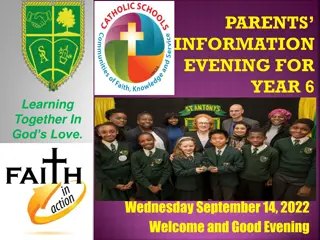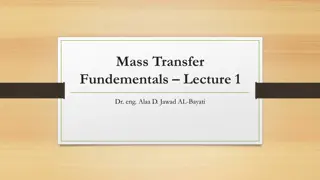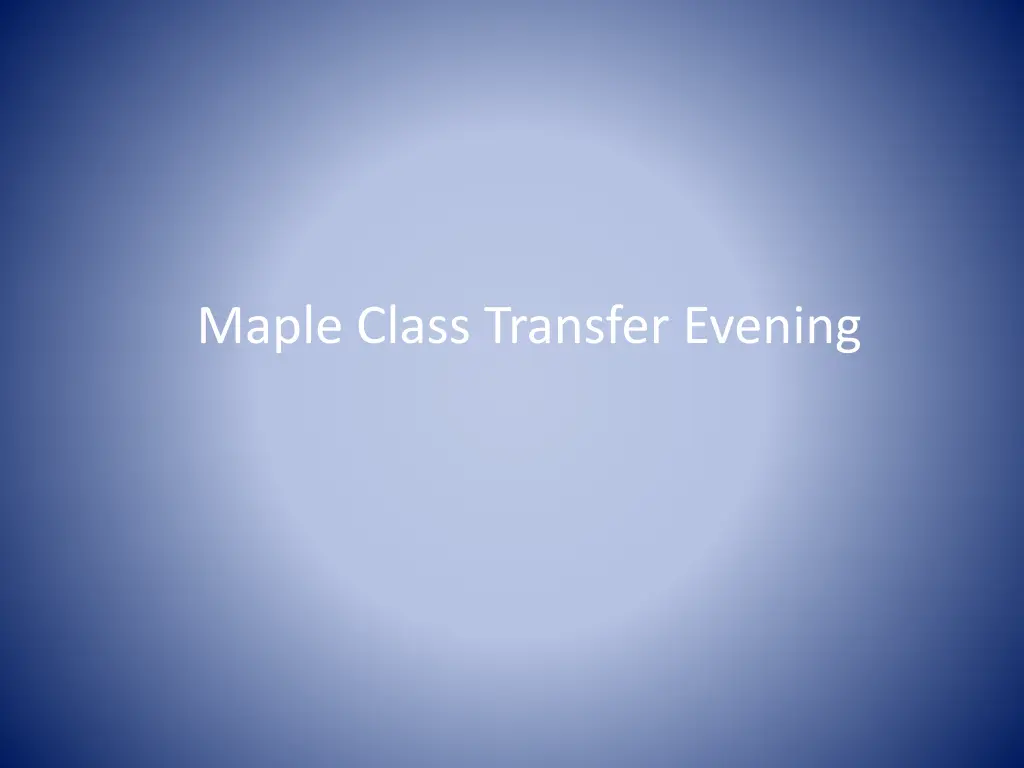
Discover Maple Class Transfer Evening Details
Explore the Maple Class Transfer Evening program at Milton Ernest, featuring experienced teachers, learning methodologies, sample timetable, and numeracy curriculum. Gain insights into how children learn through play and structured lessons, while enhancing their numeracy skills practically using resources like Numicon. Get a glimpse of the daily routines, subject focus, and enriching activities offered at Maple Class Transfer Evening.
Download Presentation

Please find below an Image/Link to download the presentation.
The content on the website is provided AS IS for your information and personal use only. It may not be sold, licensed, or shared on other websites without obtaining consent from the author. If you encounter any issues during the download, it is possible that the publisher has removed the file from their server.
You are allowed to download the files provided on this website for personal or commercial use, subject to the condition that they are used lawfully. All files are the property of their respective owners.
The content on the website is provided AS IS for your information and personal use only. It may not be sold, licensed, or shared on other websites without obtaining consent from the author.
E N D
Presentation Transcript
About us Mr Dowe Has been teaching at Milton Ernest for 19 years. Specialist in PE, Science and phonics. Miss Lucas Has worked with Mr Dowe for over 20 years. Completes all the admin e.g. book changes and creates all the lovely displays.
Transfer information A change in how the children learn Reception- Learning through play with some structured learning e.g. Maths and Read Write Inc Year 1 Following the subjects of the National Curriculum. Lots of structured learning with some learning through play. The timetable on the next page details the lessons the children will be doing.
Sample Timetable Maple Timetable 9.00-9.10 9.10-9.30 9.15-10.15 10.15-10.30 10.30-10.45 10.45-12.00 12.00- 1.15 1.30-2.00 2.00-3.30 Register Morning spellings and numeracy challenge Register Morning spellings and numeracy challenge Register Morning spellings and numeracy challenge Register Morning spellings and numeracy challenge Literacy Read,Write Inc Mr Dowe/Miss Lucas Numeracy Mr Dowe/Miss Lucas RE PE Assembly Break Lunch Monday Mrs Dhesi/Miss Lucas Mr Dowe/Miss Lucas Literacy Read,Write Inc Mr Dowe/Miss Lucas Numeracy Mr Dowe/Miss Lucas Art PSHE Assembly Break Lunch Tuesday Mrs Grundy/Miss Lucas Mr Dowe/Miss Lucas Literacy Read,Write Inc Mr Dowe/Miss Lucas Music Numeracy Mr Dowe/Miss Lucas PE Break Lunch Wednesday Mrs Grundy/Miss Lucas Assembly Church Mr Dowe/Miss Lucas Literacy Read,Write Inc Mr Dowe/Miss Lucas Assembly Hymn practice Topic Number fact test Numeracy Mr Dowe/Miss Lucas Topic/handwriting Miss Sykes/Miss Lucas/Mr Dowe Break Lunch Thursday Miss Lucas/Miss Sykes/Mr Dowe Enriching Maths Cookery Mrs Dhesi/Miss Lucas Register Morning spellings and numeracy challenge Literacy Read,Write Inc Mr Dowe/Miss Lucas Science Golden Time Mrs Dhesi/Miss Lucas Break Lunch Spelling test Celebration assembly Friday Mr Dowe/Miss Lucas
Numeracy Taught practically through the use of Numicon and other resources. Building on what they have learnt in Foundation stage. Children will learn about number and place value, addition, subtraction, making and dividing groups, fractions, shape, measuring and time
Year 1 Teacher Number - I can.... A Sp S 1.5 1.8 1.9 1.5 1.5 1.9 1.2 1.5 1.5 1.5 1.9 1.5 1.9 1.5 1.5 1.8 1.8 I can count forwards and backwards to 20 from any number I can count to and from 100 from any given number Numeracy targets I can read and write numbers to 100 I can read and write numbers to 20 in numerals and words (possibly with some reversal) I can order numbers to 20 I am beginning to order numbers to 100 I can say one more or one less than a given number I can use equal to , more than, less than, fewer, most and least I am beginning to count in twos, fives and tens I can recognise value in numbers to 20 I am beginning to recognise place value in numbers to 100 I can name and find the fraction and We will be working towards the children achieving these by the end of year 1 I can half and quarter a set of objects I can find the total of two or more sets of objects and know this is called addition or adding I understand subtraction is taking away objects from a set and finding how many are left I am confident adding and subtracting objects to 20 I recall number facts to 10 1.9 1.8 1.5 1.5 1.5 I am beginning to recall number facts to 20 I recognise multiplication and division as grouping and sharing I can double numbers I can use objects to solve one step problems involving + - X and divide I can solve problems with 1p or 1 coins I can record my work using pictures, diagrams or numbers I am beginning to read, write and use the signs +, - and = Shape I can.... Measures I can.... Teacher Teacher I can recognise and name 2d shapes I can compare, describe and measure lengths and heights using non standard units 1.5 1.5 I can compare, describe and measure mass/weight using non standard units I can compare, describe and measure capacity using non standard units I can recognise and name 3d shapes 1.5 1.5 1.5 I can recognise and name shapes in different orientations and sizes 1.8 I can describe the position of an object I can compare, describe and measure time 1.8 1.2 I can use the language of direction and movement 1.5 1.8I make whole, half and quarter turns I can tell the time to the hour and half hour 1.5 1.5I can turn clockwise I can recall days of the week and months of the year 1.8 Sequence events in chronological order using time vocabulary 1.5
Read Write Inc We Focus on learning all the sounds in set 2 and 3 of Read Write Inc (digraphs, trigraphs and split digraphs) We work on using the sounds to blend with fluency and read words We also work on recognising words on sight (red words) We aim for the children to Read with fluency We complete comprehension activities to develop their understanding of the text and the skills needed to find answers We build sentences and work on sentence construction and writing complete sentences with no words missing. We develop spelling, grammar and punctuation We work on handwriting so the children form all the letters correctly and make them the correct size The Teachers will hear the children read in RWI lessons 3 times a week. The book that is sent home is for the children to read to their parent to consolidate and practise the learning. There will be a RWI evening for parents to help support learning at home. There are videos available on You tube as well.
Spelling, punctuation and grammar targets for year 1 Literacy Progressions For Year 1 Parents Word work Explain what nouns, verbs and adjectives are and spot in sentences Read common exception words from word lists (spelling test words) Explain singular and plural Explain what a compound word is e.g. playground Read and spell the following suffixes; ing, ed, s, es, er, est, y Suffixes (Read and spell) Punctuation (Spot, describe and use in writing) Full stops Capital letters to start a sentence Capital letters for names, places, days Capital letter for I Question mark Exclamation mark apostrophes in contractions e.g. can t Explain if a sentence is a Command Question Exclamation Spell words using the Read Write Inc sounds (See RWI assessment sheet) Use syllables to spell Begin to select the correct version of the sound Continue to spell common exception words (Spelling test words) Add listed suffixes to root words Use prefix un Spell days of the week use tch after a single vowel letter sound Use Ph and wh Use K before an e, i letter sound or y e.g. Kite, keg, risky Use the never have an e with an ing rule Begin to spell compound words Spell words with contractions can t, don t, didn t, hasn t, I ll, it s, couldn t etc ff, ll, ss, zz, ck after a single vowel letter (There are exceptions e.g. bus) see sea to two there their here hear one won be bee Sentence work (verbal and/or written) Spelling Homophones (Read and Spell)
Topics Every term we teach a topic. These cover geography, history, art and technology. These are engaging, practical and connect learning together
Other Lessons PE We teach multi skills (balance, agility, coordination), gym, games and dance PE days are Monday and Tuesday. The children come to school in PE kit Science Music ICT RE Cookery Personal, social, health and emotional education (PSHE) Forest School 6 weeks in the Autumn term
Resilience, mindfulness, activity and Growth Mindset In addition to the traditional lessons we are also cover: Mindfulness Teaching children breathing techniques to relax, focus and calm down Activity The children complete morning workouts, skipping sessions and daily runs to achieve their 1 hour a day of activity Resilience and growth mindset lessons to help children accept mistakes as part of learning and develop motivation to take on a challenge
Homework Reading Do Little and often e.g. A few pages regularly Practise the RWI Sounds and key words (flash cards/sound card). We sent these home in the pack. If you want another copy please ask Spellings Spellings sent home half termly. The words are the key words children will be using often in their writing. Use look, cover, write, check and a Little and often approach to practise. Spelling test is on a Friday Number facts Children learn their addition and subtraction facts up to 10 and then beyond to improve recall speed e.g. 4+3 = 7, 8 5 = 3 etc. There is a number fact test every Thursday Optional topic homework sent home termly (see next slide for an example) If the children are keen to carry on learning at home there are lots of activities for each topic. These are not compulsory!
Optional Topic Homework Term: Autumn Topic Homework: Pirates Below is a list of optional homework tasks that the children could complete as part of their topic work and share in show and tell. This has been produced in response to requests on the parent survey. Compulsory homework remains the same. (reading, spelling, number facts and time work) Literacy based tasks Write a senses poem based on what you can see and hear on a pirate ship. Read lots of different books with pirate characters. You could write a book review! Search for pirates using Google images. What can you learn from all the pictures? Can you name all the main oceans and label on a map? Write a story set on a pirate boat. What could happen? History based tasks Find out about a famous pirate and write a fact file. Create a wanted poster for a famous pirate Geography based tasks Can you name all the continents and label on a map? Floating and sinking. Predict which objects will float/sink and carry out a test. Which would make a good pirate ship? Make a model pirate ship. Create a treasure map. It could have co-ordinates! Science based tasks Are shiny things like treasure sources of light? Design and carry out your own test. Make hard tack (pirate biscuit recipe on internet) Observe the changes that happen. Are they reversible? Make your own pirate treasure chest. What would be in it? Make up your own pirate game. What equipment do you need? How do you play? Could you write the instructions? Art/DT based tasks Research and design your own pirate flag. PE based tasks Work on you swimming skills. Make up a dance using pirates as a stimulus. What do they do? Use the music from Blue Peter!
Yr1 Phonic Screening Test All year 1 children will be tested in June It is a government test to show children s confidence with sound recognition and the ability to blend these to make words. There are a Mixture of real words and nonsense words for the children to read. There are 40 words. The children either Pass or have not reached the expected level There is a power point on our class page on our website with more information. The are some examples of the words the children will be expected to read on the next slide.
Alien words Real words
Behaviour and Rewards Golden Rules we are gentle, we are kind and helpful, we listen, we are honest, we work hard, we look after property Values We have a new value each month. If the children display this value, they get put on the class value tree We have a behaviour chart. The children are expected to follow the golden rules. If they are not, they receive a reminder, then a warning and then their name is moved to the amber traffic light. Children have an opportunity to get back to the green with good behaviour. If their name is down at the end of a session, they miss a part of the break, lunch or golden time We have lots of rewards: Reward Bookmark Every good lesson is rewarded with a tick. When the bookmark is full, the children get a treat. WOW wall amazing work is put on the Wow wall and the children receive an extra tick on their book mark. Star of the Week and Behaviour Superstar These are awarded at the end of the week in assembly. Golden time The children play for an hour on Friday afternoon as a reward for all their hard work over the week.
Seesaw This is like Tapestry. It is a way of recording the children s learning. We will post pictures and videos of what the children have been learning, if it cannot be placed in a book We use this as a form of communication between teacher and parent as it has a private messaging option. We can also send class announcements Please sign up asap
Children need time to adjust to the transition to year 1! Why? Long summer holiday New class New Teachers New children to mix with (year 2) New expectations More structure to their lessons Longer periods of focus We promise we will look after them! They do enjoy maple class and will have lots of fun, but need time to adjust to all the above changes. They will get very tired!

